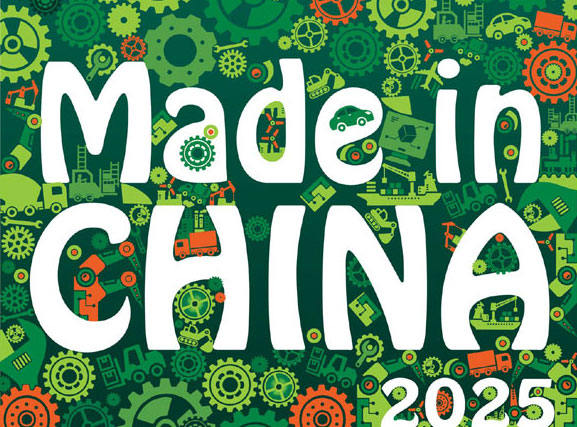SOE reform plan looks too broad to brush out problems
Updated: 2015-09-21 10:08
By ED Zhang(China Daily)
|
|||||||||||
Beijing recently released joint guidelines on the next round of reforms for State-owned enterprises.
SOE reform has been one of the central tasks of the economic reform, but for more than a decade, since former premier Zhu Rongji was appointed economic czar and oversaw massive restructuring of the SOE system from the planned economy era, there hasn't been a central program charting the reform's progress.
Not having a central program for an important part of the reform was disappointing. Vested interests inevitably grew in the vacuum of overarching principles.
Those interests tended to grow fast, considering that many SOEs after the first round of reform made them stronger, and became de facto monopolies in their industries.
And in at least some of these industries, customers (meaning the people) cannot get the best value for their money unless there is competition.
The stifling effect of having large banks (all State-owned) lending only to large companies (mostly State-owned) and squeezing the overall credit supply to society was a notorious case in economics, and the consequence has been obvious in the economy's lack of "biodiversity" that a rapidly industrializing and urbanizing nation needs.
The relatively slow and narrow development in privately owned services is part of the explanation of China's low consumer power (in consumer spending's contribution to the GDP compared with other developing economies).
It is also part of the explanation of massive pollution and low quality of life in industrial cities-because an excessive amount of resources has been used to feed an overcapacity of big smokestack industries that have no competitive edge in the future.
But a few years ago, few people, except future-minded independent economists, were really disappointed. They were misled by the astonishing short-term growth figures from simple manufacturing and the cheap goods they shipped to the overseas market.
Even for a short period immediately after the world financial crisis in 2008, China could still manage to report a growth record close to 10 percent year-on-year.
It is only when consumers in North America and Western Europe were no longer buying as much, and when domestic pollution had reached an unbearable level, that people came to realize the nation really could not have sustainable development without a new round of SOE reform.
China now has got one central reform program for its SOEs. Yet the program is so comprehensive and so general, if not philosophical, that putting it into practice still requires a series of subsidiary programs.
Related Stories
Li calls on State-owned firms to tap more global markets 2015-09-21 06:49
China to allow SOEs to set up investment arms 2015-09-15 07:38
New SOE guidelines clarify equity structure 2015-09-15 07:12
SOE reforms to improve flow of State capital 2015-09-09 07:00
Key step in China's SOE reform on the way 2015-09-09 06:58
Today's Top News
Sino-French fund to invest in markets worldwide
Young people from US look forward to Xi's state visit: Survey
For marathon runners, it's time to shine
Japan enacts new security laws to overturn postwar pacifism
London forum advances soccer hopes
Vice-Premier Liu visits Europe to encourage cultural exchanges
Economy worries prompt Fed to hold rates steady
Overwhelmed by migrants, Croatia closes border with Serbia
Hot Topics
Lunar probe , China growth forecasts, Emission rules get tougher, China seen through 'colored lens', International board,
Editor's Picks

|

|

|

|

|

|






